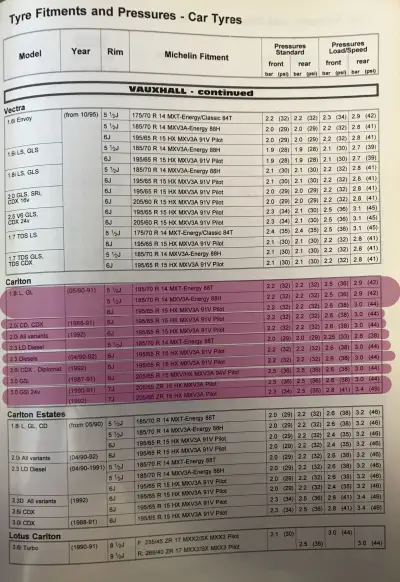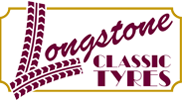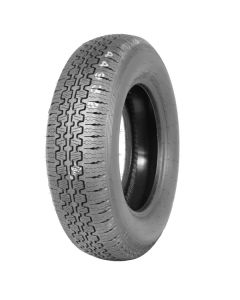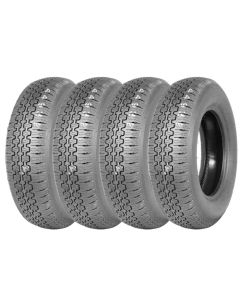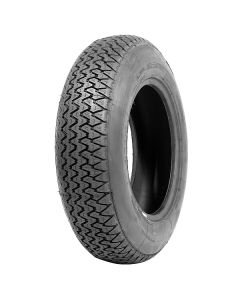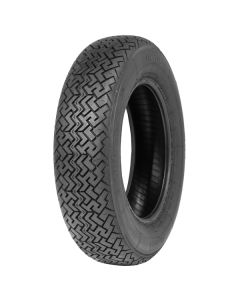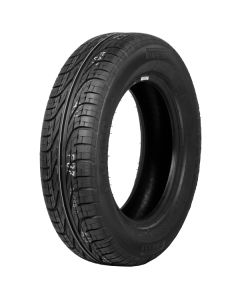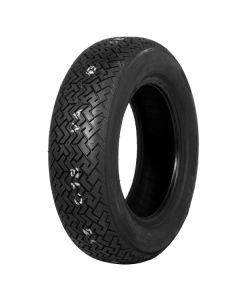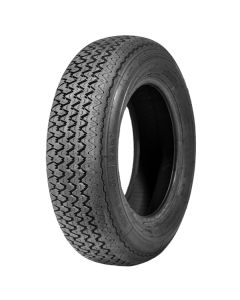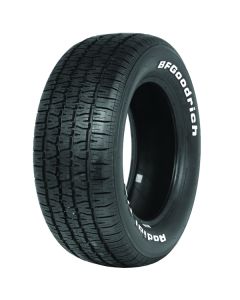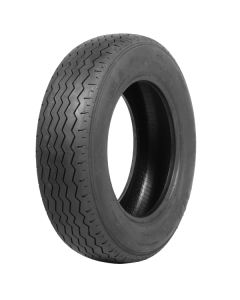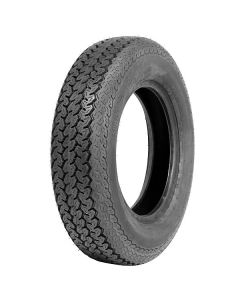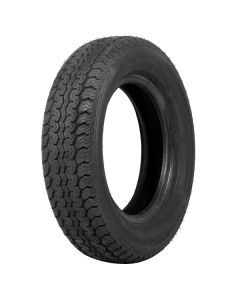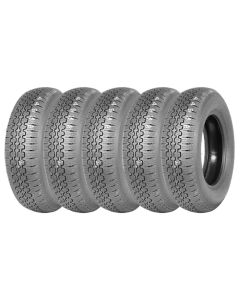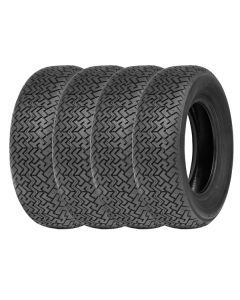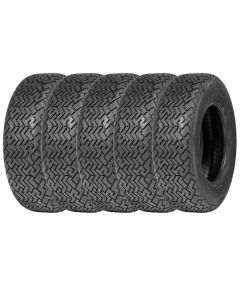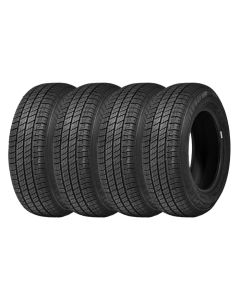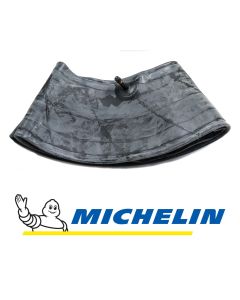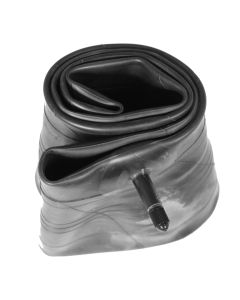Vauxhall Carlton Tyres
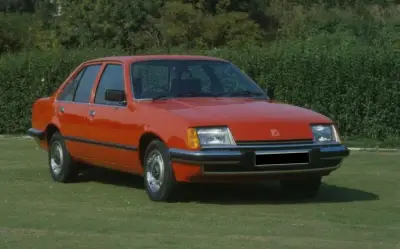
1979 Vauxhall Carlton Mk1 Saloon
Vauxhall Carlton 1978–1994
- Most Vauxhall Carlton MKI models were fitted with 175 R14 or 185/70 R14 tyres until 1985 when the MKI was discontinued. This includes the post ‘face-lift’ models.
- The 1982 MKI 1.8L GL Saloon/Estates, 2.0L GL Saloon/Estates (Automatic), and MKI 2.3D Diesel Saloon originally fitted 175 R14 tyres.
- The 1984 MKI 2.0i Saloon can originally fitted 185/70 R14 tyres.
- One of the best 175 R14 tyres for the Carlton is the 175 HR 14 Michelin XAS, an asymmetric radial tyre designed to keep otherwise wandering classic cars driving straight, ideal for those doing lots of motorway miles.
- The 175 R14 recommended tyre is the 175HR14 PIRELLI CINTURATO CA67, an excellent classic tyre designed for use on sports models.
- Longstone's recommendation for the Carlton models fitting 185/70 R14 is the 185/70 VR 14 PIRELLI CINTURATO CN36. The CN36 is designed for sports cars and offers excellent handling and a 'V' (149 mph) speed rating.
- The Mk1 Carlton fitted 5.5" wide wheels; this means that all models can comfortably fit either 175 R14 or 185/70 R14 tyres. We recommend you fit the 185/70 VR 14 PIRELLI CINTURATO CN36 due to its sporty handling and high speed-rating.
- The Carlton fitted tubeless wheels, innertubes are not required for these wheels. If you are unsure of the airtightness of your wheel rims an innertube could still be a good option.
- 175 R14 and 185/70 R14 tyres would best fit a Michelin 14E innertube.
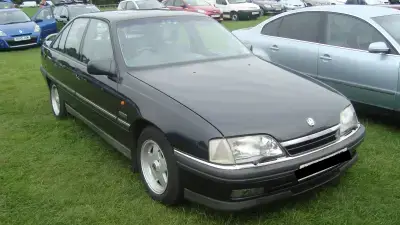
Vauxhall Carlton MKII Saloon
MKII Vauxhall Carlton Tyres
- Many of the Carlton MKII’s originally fitted 175 R14 tyres, these models include; 1986 1.8L, GL and 1986 2.3L Diesel, 1.8L, GL, 2.0L Estates, 2.3L Diesel Estate, 1986 2.2i GL, CD Estates.
- Most of the Carlton MKII Saloons and Estates originally fitted 185/70 R14 tyres. This includes; 1986 2.0L GL, 2.2L GL, CD (Automatic), 2.2L GL, CD (Manual), 1987 1.8L GL, 2.3LD (Diesel), 1987 1.8iL GL, 2.0i GL, CD Estates, 1995 2.3LD (Diesel).
- Some of the Carlton MKII’s fitted either 175 R14 or 185/70 R14, including the 1986 MKI 1.8, 2.0L, GL, CD, 2.2L GL, CD (Saloon and Estate).
- Longstone's recommended 175 R14 tyres are the 175HR14 PIRELLI CINTURATO CA67 and 175 HR 14 Michelin XAS.
- Longstone's recommended 185/70 R14 tyre is the 185/70 VR 14 PIRELLI CINTURATO CN36.
- Vauxhall Carlton 3.0i CDX Estates and 1992 2.0i’s, are exclusively fitted with 195/65 R15 tyres. In this size we recommend the 195/65 R15 PIRELLI P6000 N.
- Some of the Carlton MKII’s fitted either 185/70 R14 or 195/65 R15. These models are as follows; 1990 L Saloon, GL, CD & CDX Saloons, all Estate models (Except 3.0i CDX) Post-1987 Saloons 1.8, 2.0, 2.3D, 2.3T, all L & GL and Post-1987 2.0, 2.6: CD, CDX & Diplomat.
- The Carlton MKII 3.0 GSi and 3.0 GSi 24v fitted with 205/65 R15 tyres. This tyre size is yet to fall under the classic range and should be available at your local tyre shed.
- The Lotus Carlton fits two different tyre sizes to its front and rear wheels; The front wheels fit 235/45 R17 and the rear wheels fit 265/40 R17 tyres. This size is made by modern tyre manufacturers and is yet to enter the classic range.
The Vauxhall Carlton was derived from the MK1 Opel Rekord E and Mk2 Opel Omega A.
History of the Vauxhall Carlton
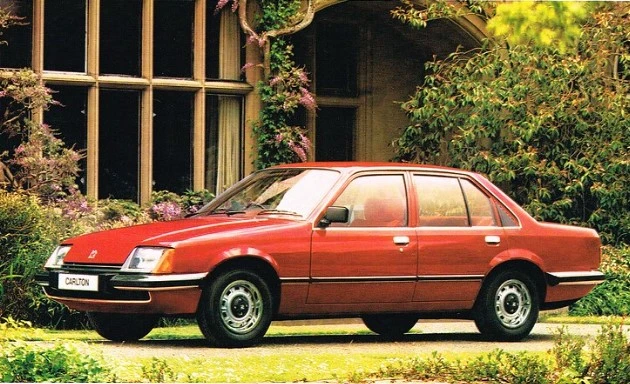
Vauxhall Carlton MKI Saloon
Vauxhall Carlton MKI Saloon
The Vauxhall Carlton was designed, developed, and released between 1978 and 1994 during the MG ownership of Vauxhall and Opel. It came in two iterations: the Mark I and Mark II. The Carlton was among the upper range of vehicles in Vauxhall's catalogue, based on the Opel Rekord E, Omega A, and Omega B.
General Motors owned both Opel, with their range of high luxury cars shipped to the UK under new names, and Vauxhall. Vauxhall was discontinued in mainland Europe in 1979 but remained in the UK, with plans to phase out all Opels in the UK except the successful Monza and Manta. The Vauxhall Carlton MK1 was largely based on the Opel Rekord E, distinguished by a redesigned bonnet. However, after the 1982 'facelift' of both models, they became distinguishable only by their badges.
The Opel Senator, sold as the Vauxhall Royale, began to be sold under the Vauxhall badge as the Senator. The profound success of the Astra and Corsa in the small and medium car markets led to MG’s investment into a new platform. This had a significant influence on the Carlton's production, which was also rebadged as the Holden Commodore in Australia. The Carlton was marketed to wealthier buyers, with marketing campaigns suggesting status and class. With the introduction of the Vauxhall Nova, Vauxhall gained immense popularity in the UK and for continental imports, with the Carlton maintaining its position as a refined luxury vehicle.

Vauxhall Carlton MKII Saloon (Credit:Kieran White)
The Carlton Mark I was a commercial success during Vauxhall's boom in the UK. It was designed specifically for the UK market, featuring a rear-wheel-drive drivetrain and no hatchback model. Despite the rising popularity of Japanese automatic gearboxes, the Carlton came with a German-made 5-speed manual transmission. In 1982, Vauxhall gave the Carlton a 'facelift,' leading to the discontinuation of the Vauxhall Royale and Royale Coupe models. This 'facelift' included redesigning the signature Vauxhall droop snoot and amalgamating Opel and Vauxhall designs into one car with different badging as Opel sales were phased out in the UK. The new design allowed for more engine options, including a 1.8L carburettor, 2.0L carburettor or fuel injection, and a 2.2L CIH fuel-injected petrol engine.
Carlton MKII
Released in 1986, the Carlton Mark II faced stiff competition from the Ford Sierra and the third-generation Ford Granada. Its design was based on the Opel Tech1, a low-drag concept car, which was further refined to achieve a drag coefficient of 0.28 after extensive wind tunnel testing and £1.5 billion investment from MG. This low drag score resulted in greater fuel efficiency, top speed, and acceleration. The Carlton featured cruise control, a sunroof, central locking, and ABS in top specifications. It was also the first vehicle to feature both front and rear adjustable seat belts as standard. Engine options ranged from a 1.6L for urban cruising to a record-breaking 3.0L. The Carlton introduced the first engine management system in the Vauxhall/Opel/Holden range, making it a superior model compared to rivals. However, despite initial sales success, the larger vehicle was not well-suited to smaller European roads, leading to a decline in sales and eventual discontinuation in 1994.
After the long-term relative failure of the Vauxhall Carlton MKII, Vauxhall released the Carlton GSi 3000 in 1986. It produced 177hp and reached top speeds of 134 mph (216 km/h). In 1990, power was increased by switching to a 24-valve engine, producing 204hp, with a 0-62mph time of 7.6 seconds and a top speed of 149mph (240 km/h). Estate versions were available, albeit in limited numbers. This performance line set a world record for the fastest car to travel through 12 European Committee countries in 77 hours and 34 minutes.
Lotus Carlton
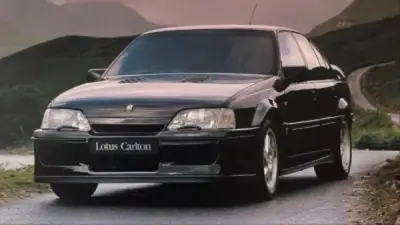
Lotus Carlton
In 1990, Lotus, another company under the MG umbrella, took the Carlton MK1 and Opel Omega designs to produce the Lotus Carlton and Omega. Both featured a 3.6L six-cylinder twin-turbo engine with an official top speed of 176 mph (283 km/h) and a 0-62mph time of 5.1 seconds, making it the fastest full four-seater of its time. With only 440 units sold in the UK due to a high price tag, the Lotus Carlton is a rare and desirable car. It quickly gained notoriety, leading to campaigns by newspapers like the Daily Mail to ban it on UK roads. The downturn of the Carlton MKII, following MG’s American design approach of big cars with fewer luxury features, influenced BMW to avoid this approach with the Series 3. The Carlton GSi 3000, Diamond, and Lotus Carlton became renowned for their performance despite their size, shaping the market for high-performance family saloons.
The Vauxhall Carlton has a storied past, evolving from an affordable, comfortable car larger than the average European vehicles of its time to a commercial failure and eventually to a record-breaking and infamous model under the Lotus name. It remains a sought-after car in the modern day for its retro design and powerful engine.
Vauxhall Carlton Tyre Fitment Guides
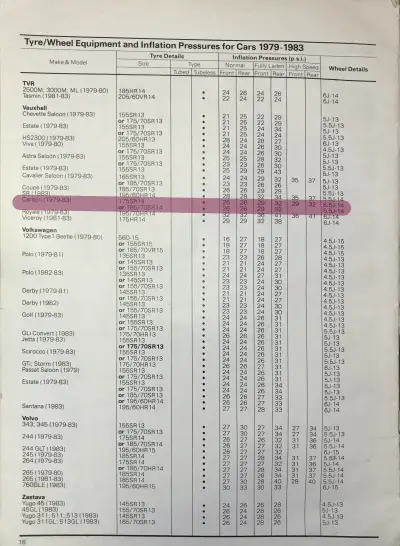
1979-83 Vauxhall Carlton Tyre Fitment Guide by Dunlop
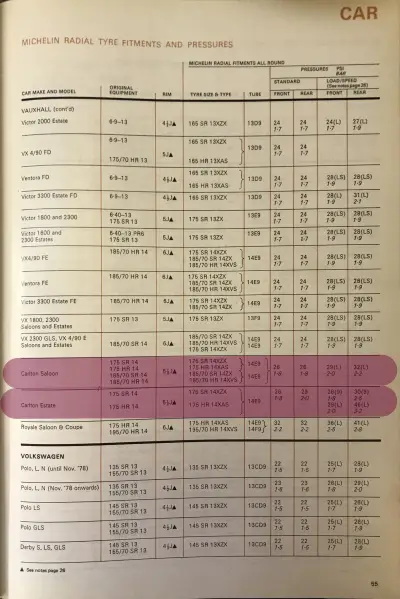
1979 Vauxhall Carlton Tyre Fitment Guide by Michelin
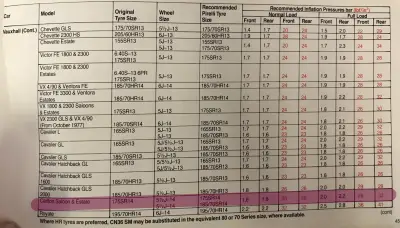
1980 Vauxhall Carlton Tyre Fitment Guide by Pirelli
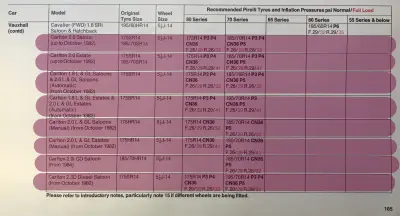
1984 Vauxhall Carlton Tyre Fitment Guide by Pirelli
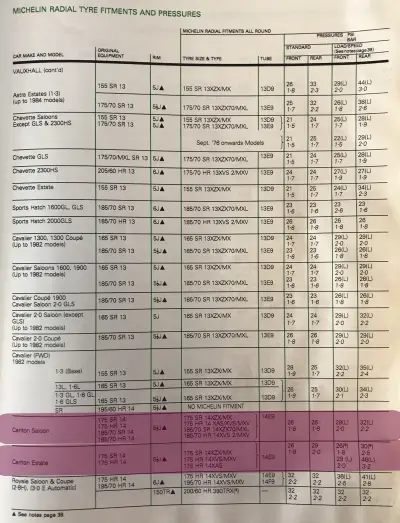
1984-85 Vauxhall Carlton Tyre Fitment Guide by Michelin
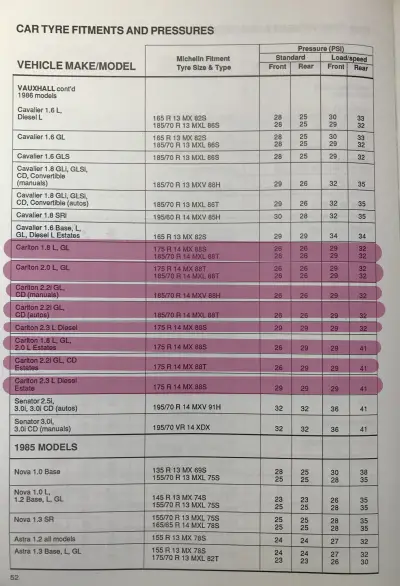
1986 Vauxhall Carlton Tyre Fitment Guide by Michelin
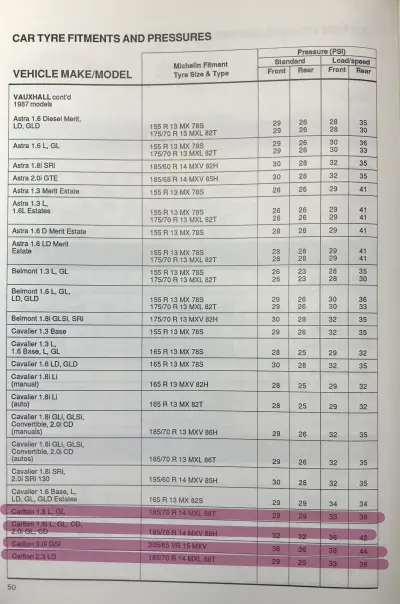
1987 Vauxhall Carlton Tyre Fitment Guide by Michelin
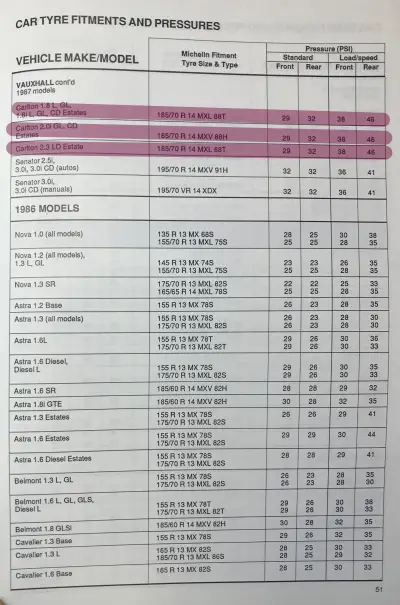
1987 Vauxhall Carlton Tyre Fitment Guide by Michelin
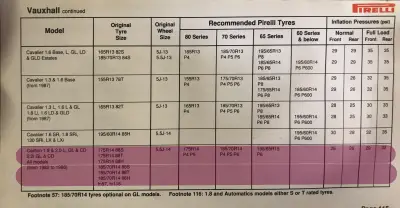
1988 Vauxhall Carlton Tyre Fitment Guide by Pirelli
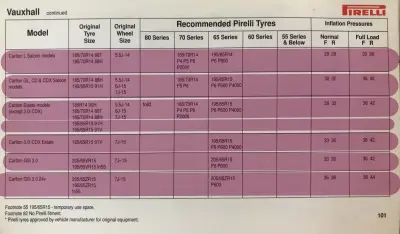
1990 Vauxhall Carlton Tyre Fitment Guide by Pirelli

1990 Vauxhall Carlton Tyre Fitment Guide by Pirelli
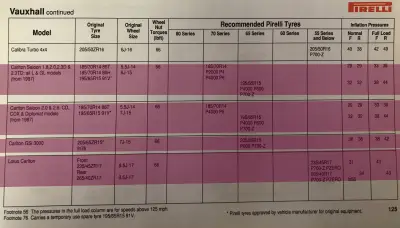
1993 Vauxhall Carlton Tyre Fitment Guide by Pirelli
